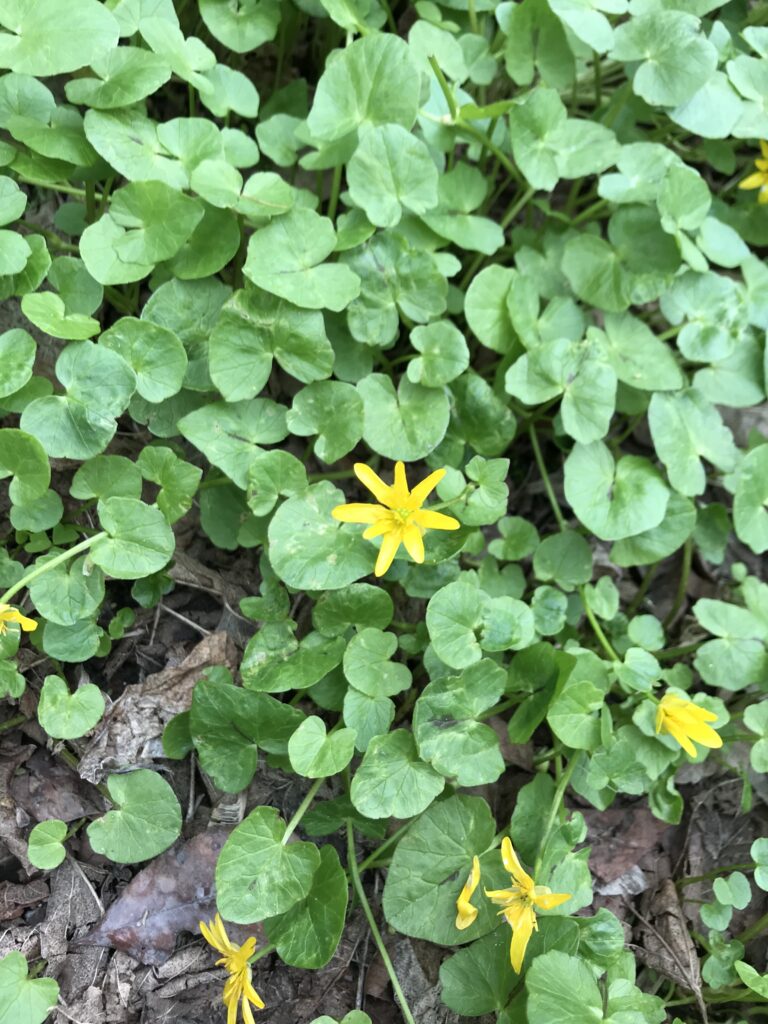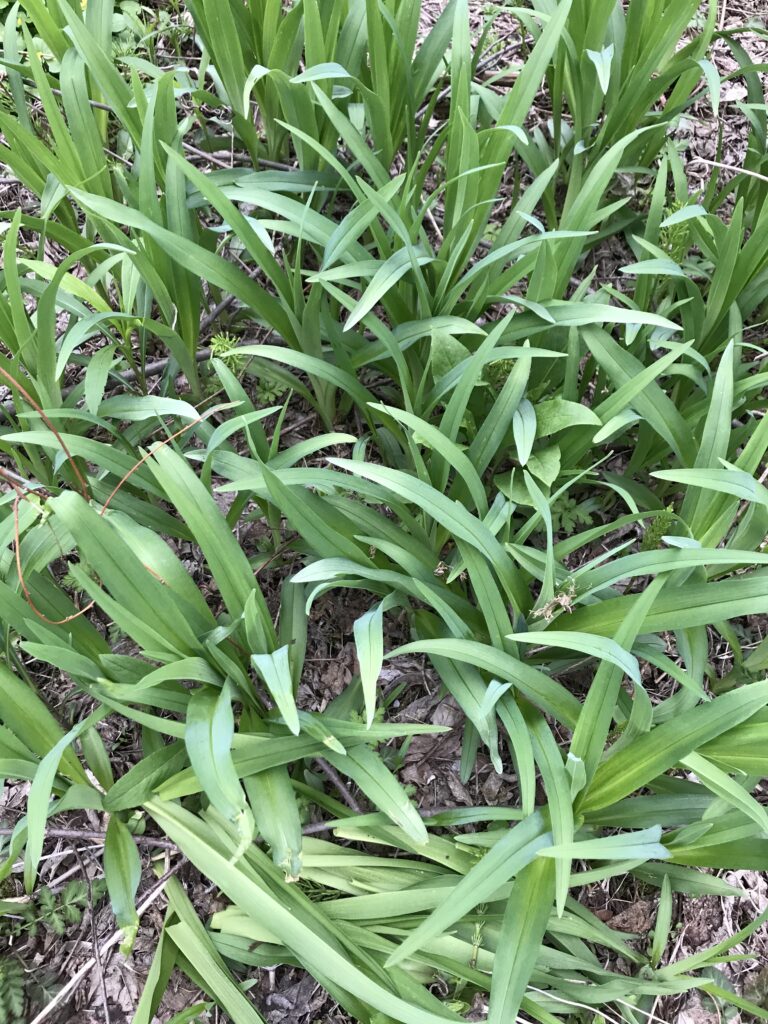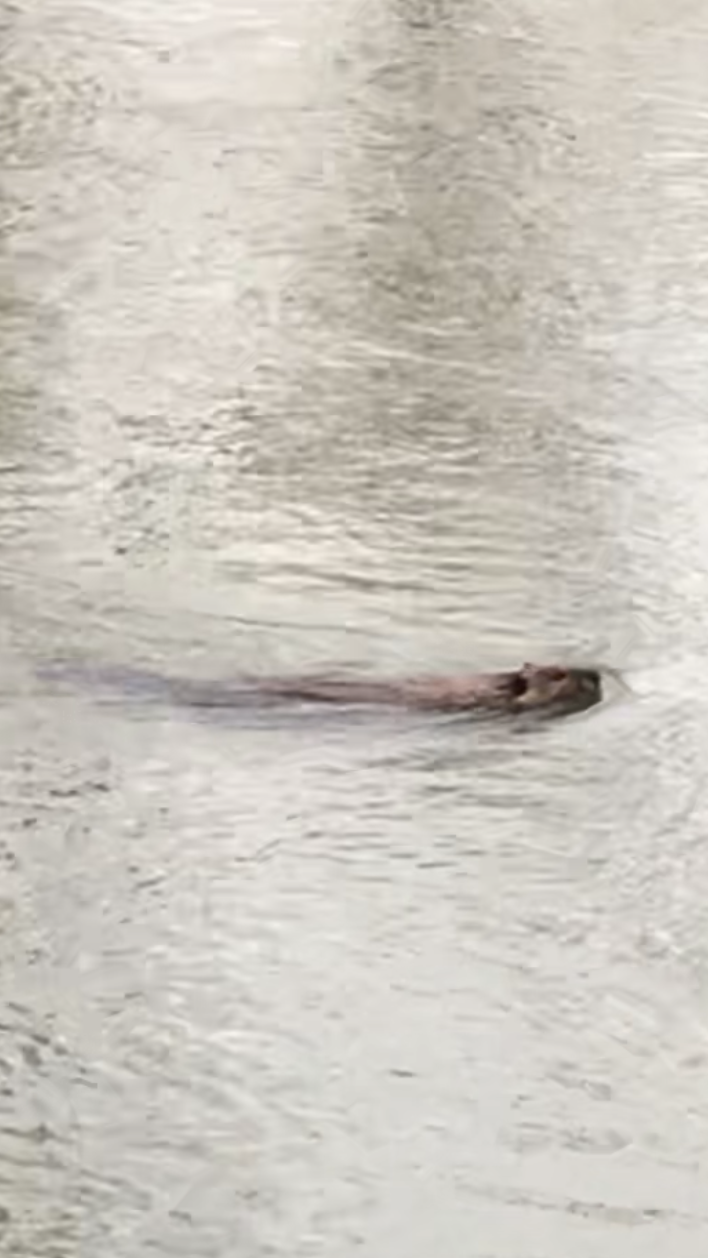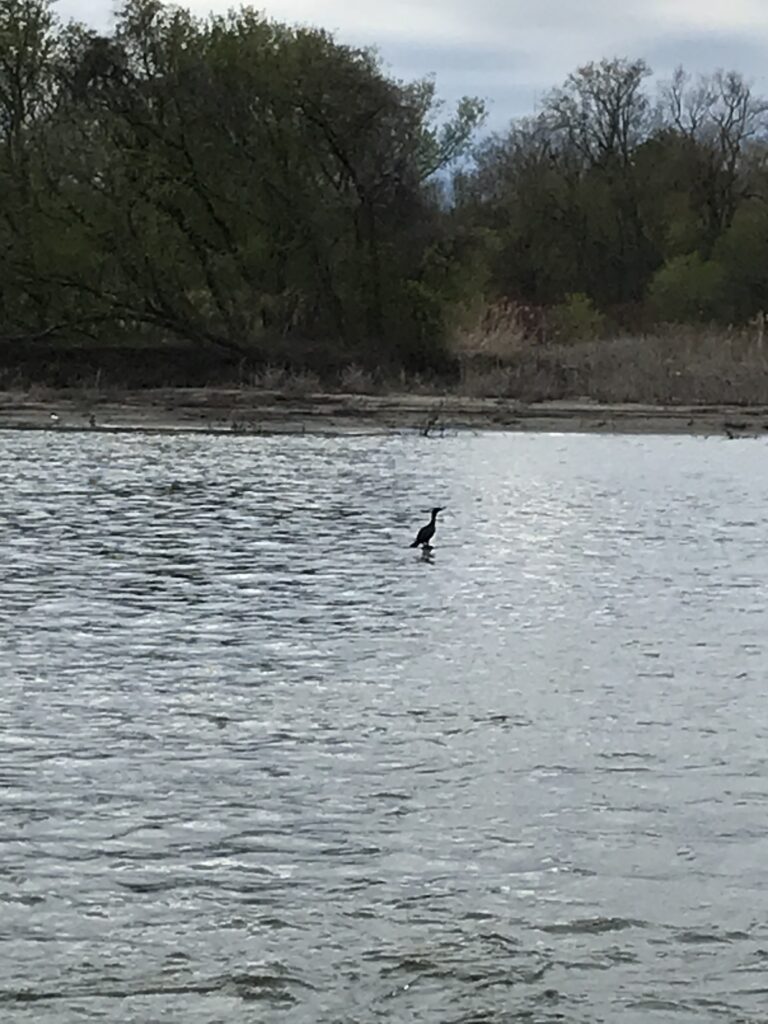Well, this is a bittersweet blog post! I had my last visit to Salmon Hole this week, at least until next semester, to document the final changes I have seen in the ecosystem. Aside from the gorgeous river scenery, some flowers were in bloom and I saw some additional tracks on my adventure.
The trees and leaves were still coming into full growth past the spring season as the climate shifts into the summer months.


Salmon Hole is an amazing case study in the delicate nature of interactions between humans and the environment, or rather how interactions should be. Fishing is a common practice in the hole, yet sturgeon populations are declining in Lake Champlain and Salmon Hole is an important breeding ground for the species. Should fishing still be allowed as a recreational practice there? Salmon Hole also demonstrates the importance of maintaining riparian zones as buffers between human communities and nature.
The site is also an important location to discuss the need to recognize and validate the Winooski as a critical part of Abenaki culture. The Winooski itself ties together the natural, human, and cultural aspects of the landscape, and Salmon Hole acts as a highlight of this interconnectedness.
Do I consider myself a part of this place? Yes and no- yes in that I have found solace and safety, wonder and awe, happiness and peace during my adventures through Salmon Hole, and a part of my soul is tied to that place, just as part of Salmon Hole now rests in my memories and heart. Yet, I don’t think I would enjoy calling myself a part of Salmon Hole. Part of my love of nature is the mysticism surrounding and encapsulating it, that idea that I will never truly understand the inner workings of a place or a being that I encounter in the wild. As much as I try to throw myself into nature and discover its secrets, part of it will always remain beautifully elusive and ephemeral. In that sense, I take care in knowing that the past, present and future of Salmon Hole will continue without me, and its truths and secrets will remain to itself alone. I am endlessly grateful, however, to Salmon Hole for allowing me to journey through its paths and for letting me witness gorgeous events of pure, wild nature.
I truly hope whoever reads this blog gets out to Salmon Hole and explores the place with care and compassion for the wildlife residents. It is truly a glorious, amazing place that I have had the privilege to analyze and discuss throughout this past school year. Thank you Salmon Hole, for your wisdom, mystery, and generosity.




